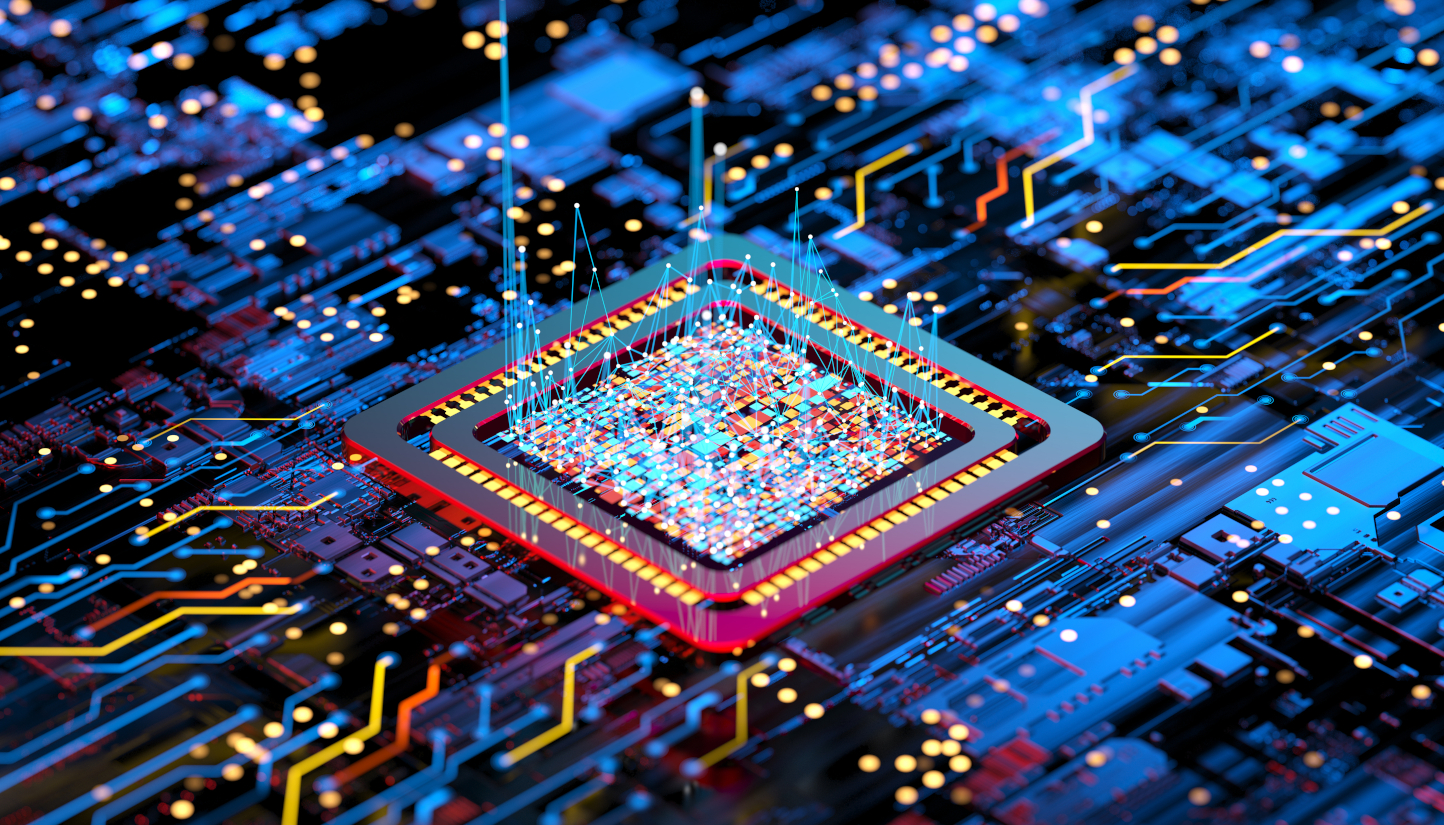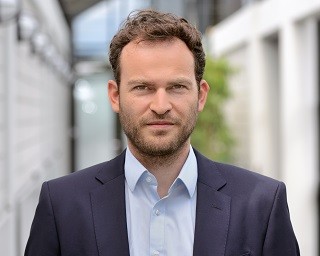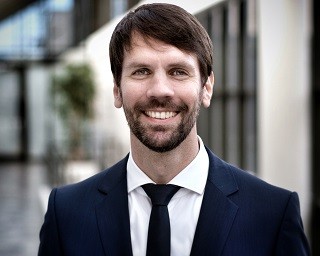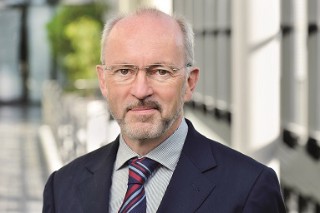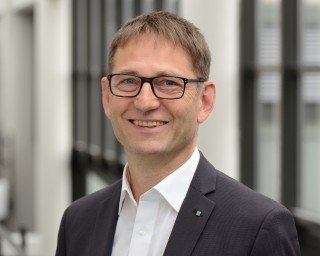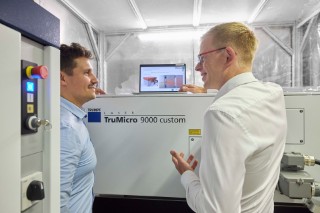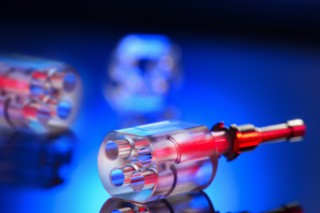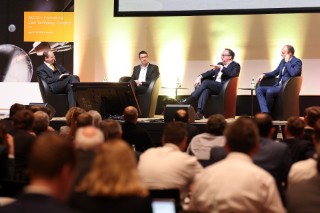The experts at Fraunhofer ILT develop and evaluate beam sources for EUV lithography and the corresponding measurement technology in order to advance the miniaturization of electronics. In addition to generating structures on the nanometer scale, the institute also focuses on assembly and connection technology for high-performance electronic components. Together with industrial partners, Fraunhofer ILT is developing new connection technologies for battery contacting and power components.
Fraunhofer ILT also has expertise in the structuring and functionalization of surfaces and in 3D volume structuring. For example, microscopic structures can be introduced into glass or sapphire substrates by selective laser etching, structures that can be used to create microfluidic systems for biochemical analyses.
 Fraunhofer Institute for Laser Technology ILT
Fraunhofer Institute for Laser Technology ILT